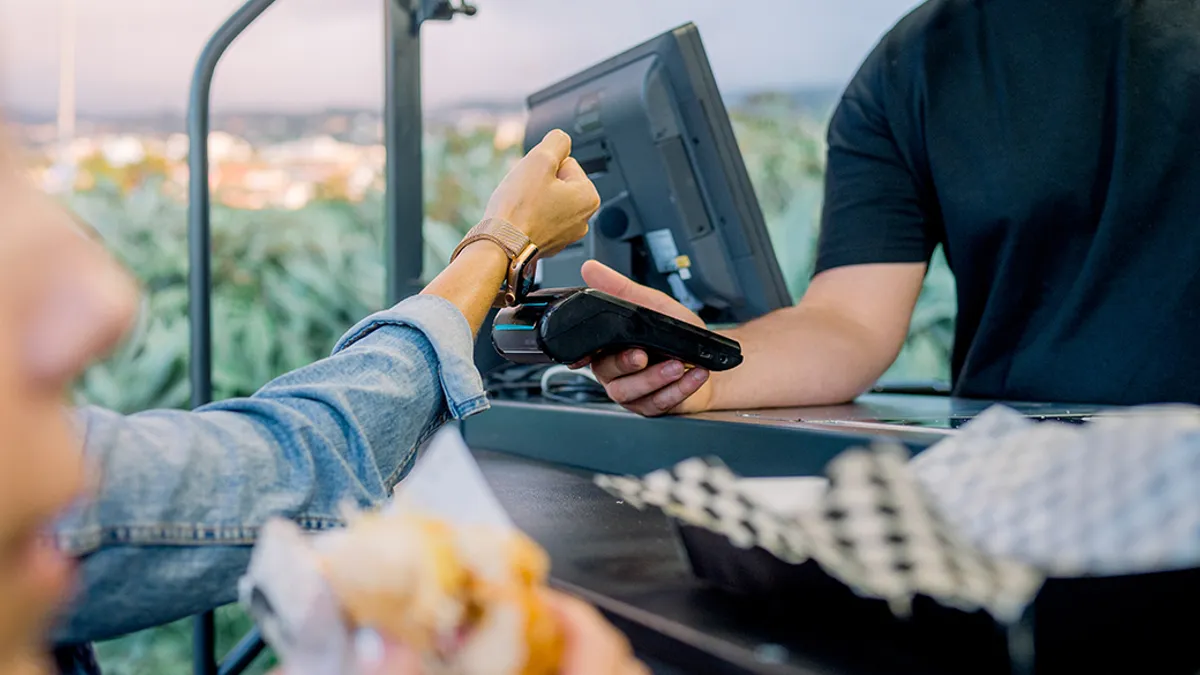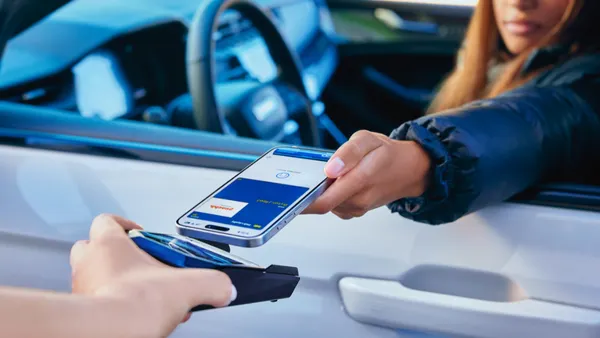Between 2021 and 2022, 97.8 million American workers quit their jobs. This massive labor market shakeup was known as The Great Resignation, and it represented an important shift in American worker expectations.
Workers were growing discontent with the idea of staying in frontline minimum-wage jobs. These 97 million people who resigned largely didn’t leave the labor market. Instead, they sought higher-paying and more prestigious jobs. And the market was ready to greet them with openings.
The baby boomer exodus
Starting in about 2020, big swaths of baby boomers began to leave the labor market—many leaving jobs in senior leadership. This exodus is speculated to continue—reaching its peak in 2030. As more senior positions have opened, younger generations have been tenacious in filling them.
This trend has shifted the overall labor market towards higher-paying jobs for younger and younger workers. But what’s happened as a result of these shifts, is a labor shortage of six million jobs for front-line workers.
This has created a cutthroat market for unskilled labor—putting immense pressure on restaurant owners who are struggling to keep their businesses staffed and are experiencing high rates of employee turnover. In response to labor pressures, restaurants have been scrambling to replace people with technology.
The rise of unattended technology
The primary way restaurants are replacing people is with unattended technologies. Luckily, consumers seem eager to adopt these solutions. In fact, 65% of consumers say they would visit a business more often if self-service kiosks were offered.
Additionally, self-service kiosks have been shown to increase average ticket size by 15-20%. These data indicate a readiness to embrace unattended technologies. But, the rise of unattended technologies in restaurants is not without its negative consequences.
Loyalty problems created by unattended technology
Machines lack the personal touch of employees engaging directly with the customer and creating a consistent brand experience—putting strain on a key differentiator for brick-and-mortar restaurants.
This is a serious problem because around 91% of consumers agree that a personalized experience is valuable to them with 50% saying it’s extremely valuable. Traditionally, the loyalty program has been the home of personalization for brick-and-mortar establishments, but active loyalty participation remains low, with only 23% of customers actively using programs.
Without employees to entice diners to join the loyalty program, active numbers will struggle to improve. However, businesses are currently spending 10% of their company budget on loyalty because it allows them to offer some personalization to their most actively engaged customers. In fact, A boost of even 7% in loyalty can increase lifetime profits per visitor by 85%.
Solving the loyalty conundrum
The real heart of why loyalty programs struggle in brick-and-mortar settings becomes clear when you consider digital players like Amazon who offer personalized brand experiences at scale. The key differentiator for Amazon is its ability to collect a consistent stream of data on everyone who makes purchases through the site.
Amazon can rake in consistent first-party data and leverage that data to create a personalized experience for its customers. In brick-and-mortar or omnichannel environments common among restaurants, however, consistent data is almost impossible to come by. The best restaurants can do is try to improve active loyalty participation.
The problem is that customers are fickle about joining and participating in loyalty programs. Despite the fact that 71% of customers say they would share PII for a personalized loyalty experience, 69% of loyalty users have left or become inactive because the program wasn’t valuable to them.
Customers are willing to jump out of the loyalty boat at the drop of a hat—before restaurants can collect enough data to create personalized offers.
Bringing amazon-level data to brick-and-mortar environments
Recognizing the conundrum businesses are facing, PayiQ has developed Payments Intelligence®. It’s a solution that transforms the payment card into a loyalty card, allowing businesses to collect 1st-party data on all previously anonymous customers.
There’s no need to get loyalty sign-ups because Payments Intelligence® works seamlessly in the background, collecting SKU-level purchase data on every single customer that pays with a card. This data is gathered into secure profiles—giving businesses a single source of consistent customer insights in all channels.
The endless stream of customer data provided by PayiQ can be leveraged to offer personalization at scale—even in an unattended future. This makes Payments Intelligence® the first true omnichannel customer insights solution that’s ready to weather the storms of the labor shortage and unattended future while allowing brick-and-mortar restaurants unprecedented access to customer data.










